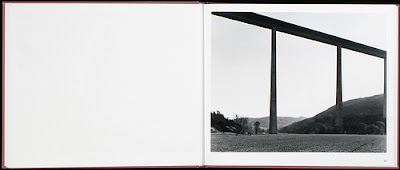"The father of modern photography, William Henry Fox Talbot (1800-77) developed the process by which photographic images could be reproduced, but he has yet to be sufficiently appreciated as a photographer in his own right.
Over his photographic career he made more than 5,000 images which included fascinating pictures of his home Lacock Abbey, portraits of his family and friends, and still-lifes of botanical specimens, cloth and household objects.
A key intellectual figure of the nineteenth century working in science, mathematics, astronomy, politics and archaeology, he is arguably the most important figure in the invention of photography. His practice established many of the medium’s most familiar genres and he was devoted to the the advancement of photography, publishing the first photographically illustrated book, The Pencil of Nature, in 1844-46 to reveal the potential of the medium to a wider audience.
This monograph features many of Talbot’s best-known landscapes made around Lacock Abbey and some of the first negatives of the ever made, but it also includes lesser-known and previously unpublished work that reveals the extraordinary diverse scope of his work. His photographs reflect and embody the social and cultural issues of the time, but they are also fascinating, often beautiful, images that are still engaging today.
Geoffrey Batchen is a prolific author, curator and editor and a specialist in the theory and history of photography. He has written a number of books including a detailed analysis of photography’s emergence in the late eighteenth and early nineteenth centuries, Burning with Desire: The Conception of Photography (1997) and a collection of essays on photography and electronic culture, Each Wild Idea: Writing, Photography, History (2001). His book Forget Me Not: Photography and Remembrance accompanied an exhibition of vernacular photographs that he curated for the Van Gogh Museum in Amsterdam in 2004, and which travelled on to Iceland, England and the United States. He teaches the history of photography at CUNY Graduate Center in New York, having previous taught at the University of New Mexico and the University of California, San Diego."




















































